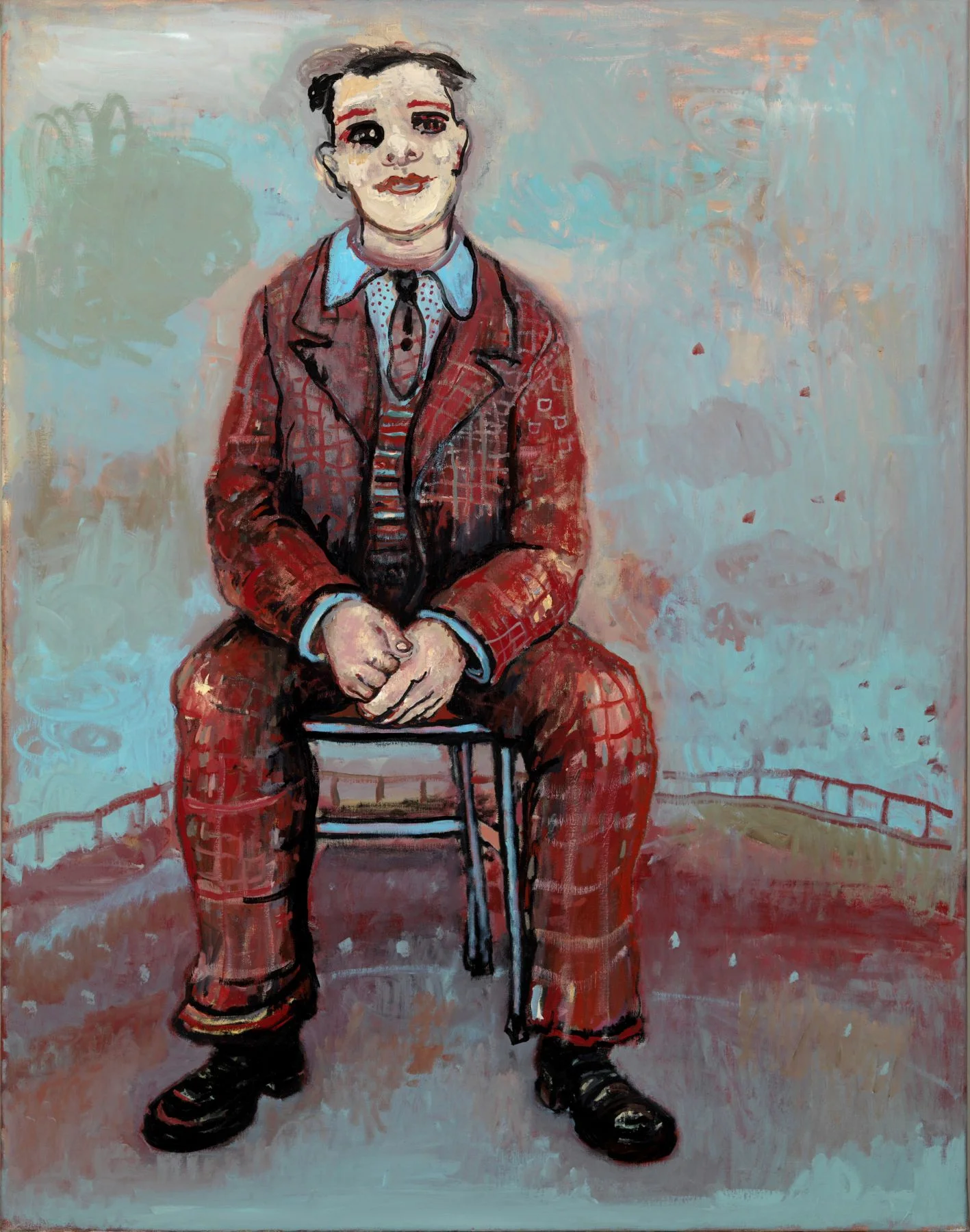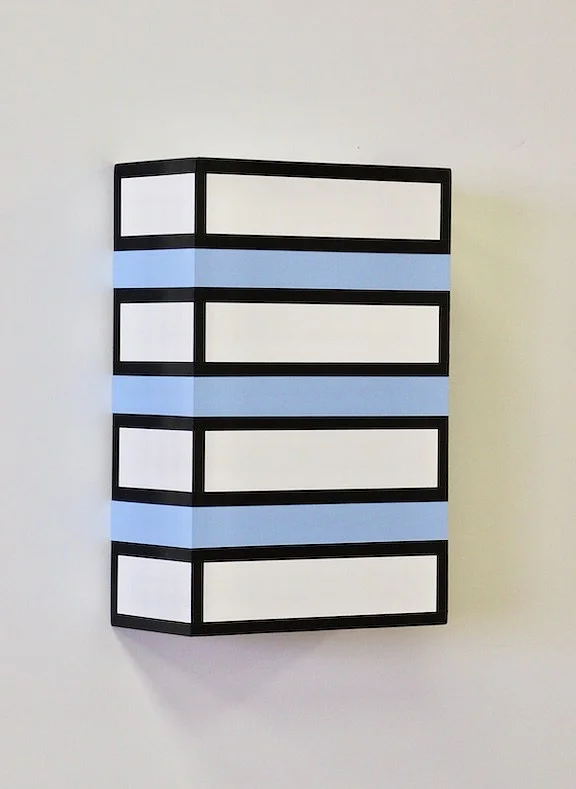Hannah van Bart
“Places and Beings”
New York, 507 West 24th Street
Together, the featured works capture van Bart’s incredible ability to elicit poignant sensations of mood, tone, and atmosphere from seemingly indistinct subjects and scenarios. Over her multi-decade career, van Bart has come to be recognized for her melding of figural and abstract modes to convey both the physical and emotional contours of a person or place.
““I think I always paint places to be—spaces that capture a feeling or memory and hold my stories. I want to know how my memories and feelings look—what images they make, how the spaces they make open and close or resonate in me, how they eat me up and therewith offer me the possibility to be,” said van Bart. “They are about my childhood and about now. They are places where drawing, painting, and being become one.””
van Bart draws inspiration from her personal experiences, gravitating to a single fragment or fleeting moment. It is equally the initial spark of interest and the open possibility of narrative that draws van Bart. From there, she allows her imagination and her hand to lead freely. For Places and Beings, in particular, she began each work as a simple, small-scale drawing, establishing an initial visual and conceptual thread for the final, larger painting. As van Bart works her canvases, she layers meaning into the scene. Often, she paints and then washes away details of faces, bodies, and landscape elements, blurring the boundaries between foreground and background and giving her paintings a dream-like quality. At the same time, she repeats certain patterns and emphasizes particular lines and colors, helping to focus the viewer’s eye. The overall sensation is one that suggests something teeming just beneath the surface—a history or story locked within the confines of the painting.
Although the foundation of van Bart’s work is rooted in reality, the true power of her work is in its enigmatic nature. For the upcoming exhibition, van Bart will present a wide range of subjects and characters, from desolate forests to wildlife to individuals who seem to dissipate and become one with their environments. This marks an important shift for van Bart, as she moves more deeply into exploring landscape and figural interactions. In one trio of paintings, a single teacup is produced at just slightly different angles. Its edges morphed and aged, the teacup shifts within an open, undefined space. The subtle alterations, including the deepening and lightening of the shades of red in which the cup is depicted, produce an unexpected tension, inviting the viewer to consider the origins and meanings of this simple object. In another painting, titled Ghost, a wolf emerges from a tangle of muted colors and lines that suggest a deep expanse of forest. The wolf stares out from the canvas, conveying a spectrum of emotions as one works to decipher the scene. Experienced together, the paintings suggest a strange, otherworldly realm—one that feels unexpectedly intimate and also distant and ungraspable.






